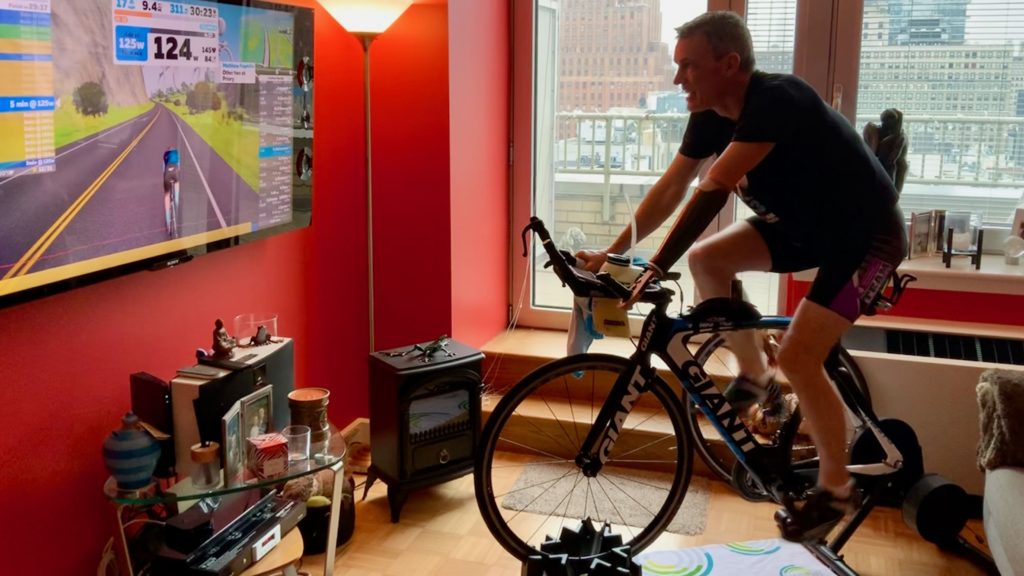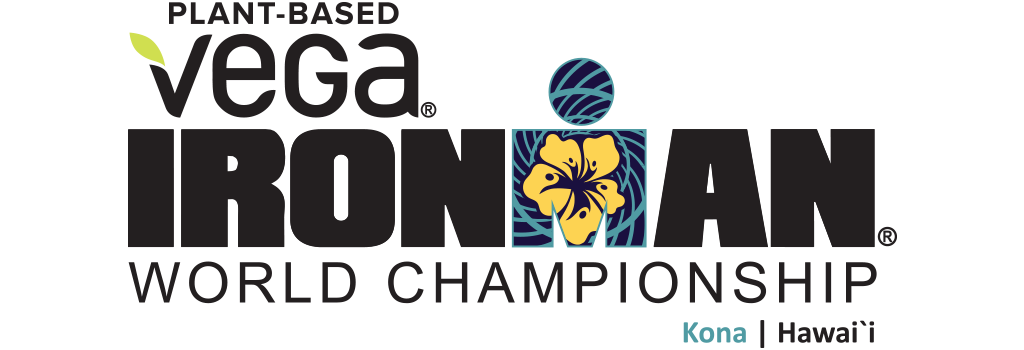An
“On Your Own”
Half Ironman
The world has certainly changed since my last update on March 11th. Who knew what was just around the corner?
Back then, my first race of the season, a Half Ironman in Florida, was five weeks away. I was deep into my training for the Ironman World Championship in Kona, scheduled for October 10th. Today.
That was over half a year ago and what feels like another world entirely.
As you can probably guess, my race in Florida did not happen. The World Championship in Kona was initially postponed until February next year and then canceled entirely. There is no World Championship today, like so many other things, a victim of the global pandemic.
Yet I’m reminded of when I was hospitalized in 2006, after having flown into power lines on my paraglider and been electrocuted.
After being medevac’d from Colombia to Miami, and once I was off the critical list and out of ICU, I was faced with an uncertain and indeterminate future thousands of miles from home.
Despite having just launched my first startup barely weeks prior, my life was now on hold as one surgery rolled into another, and the days came and went with no end in sight.
After the amputation of my left hand, I was left with a left arm that would not have been amiss if hung like a joint of meat in a butcher shop. It was so terrifying that I refused to look at it; whenever it came time to change my dressings, I turned my head aside.
What kept me going through my ordeal was the faith that this, too, shall pass. I had survived shorting across power lines and knew that whatever pain and emotional turmoil I then experienced would be but a dim and distant memory in the not too distant future. Of this, I was certain.
So for all of you that have struggled and continue to battle day-to-day as you navigate this pandemic, know that this too shall pass; nothing lasts forever, good or bad.
While I may not be racing in Kona today, I know my day will come, fingers crossed, this time next year. I chose to focus on what I can control, and ahead of me lies another twelve months of training and preparation…one swim, bike ride, and run after another.
I wish everyone continued good health through these trying times, my thoughts are with you…may you thrive throughout what is left of 2020 and beyond.
P.S. I do want to say a special thank you to a couple of dear friends, Lyndon and Graeme, who have been super generous in these uncertain times, helping me jump to over $46,000 raised so far for the Challenged Athletes Foundation. As you can imagine these are tough times for charities. Shout out to Sam, Fred, Alan, and Marvin as well, thank you for your support. I’m not far from my goal of $50,000, you can donate online here and remember Kerry and I are matching your donations dollar-for-dollar: http://support.challengedathletes.org/goto/kona-2020
P.S.S And while races were all canceled this year there was no holding back my best-of-friends Curt Cronin as we completed our own Half Ironman around Lake Tahoe in August (he only started his triathlon training this year). As you can see from the photo above, with the swim behind us we’re all smiles on our way up and over Emerald Bay.

